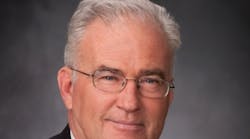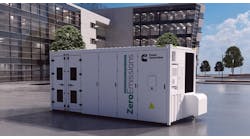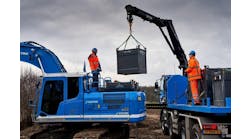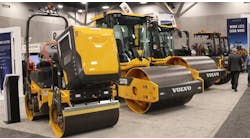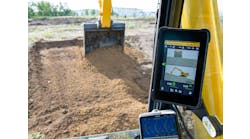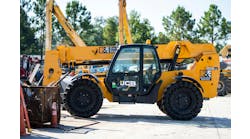What do the latest figures from the Census Bureau and BLS tell us?
Construction spending and employment are continuing to increase but at slower rates than a year ago. Multifamily, manufacturing construction and public investment in infrastructure and buildings other than schools have slowed. There has been a pickup in investment in wind, solar and gas-fired electrical generation facilities and in pre-Kindergarten through 12th grade school construction. Construction employment is rising in about 35 states, down from 40-plus.
Of course it’s very early and the plans don’t appear clear but what are your expectations of a Trump infrastructure stimulus plan that we’re hearing about?
He has not provided any details yet. Funding would be a significant hurdle. The stock market seems to have high expectations but contractors are waiting to see where the funding would come from and whether it would be one-shot or sustained.
What will be some of the effects? Increased infrastructure spending but on what?
The annual rate of spending on all types of construction, including residential additions and renovations, is currently a little less than $1.2 trillion. The white paper put out in October by Wilbur Ross and University of California-Irvine economics professor Peter Navarro proposes spending $1 trillion on infrastructure over 10 years, or an average of $100 billion per year. Presumably this would take time to enact, design, and award, so the incremental spending put in place in 2017 would be minimal. To the extent contractors had to bid workers away from other industries or other construction firms, wages would rise somewhat faster than otherwise, but the impact would probably be gradual. There appears to be plenty of capacity to supply or produce equipment and materials.
There are no details that I’m aware of regarding what type of infrastructure would be covered.
What trends do you expect in non-residential, residential, in office and lodging? What about construction for education, for manufacturing?
I expect a smaller rate of increase in multifamily in 2017 than has been the case for the past five years, followed by a decline in 2018. Single-family should keep growing at high single-digit to low double-digit percentages in both years. Manufacturing construction appears likely to continue decreasing in 2017 but could start to recover in 2018. Private office construction appears headed for another very strong year in 2017 and at least slightly positive in 2018. Warehouse and lodging construction have been very strong for several years; they could turn negative at any time. School construction appears headed upward in both years; other categories of public spending are likely to be flat or negative.
What trends do you see in solar and wind, coal and oil and gas?
Unless wind and solar production tax credits are repealed, those should keep growing, as will gas-fired power plants. Coal has a dim future, based on the relative cost of natural gas to coal, and the steadily falling cost and strong incentives for renewables. Oil and gas drilling and pipelines should get a boost from a friendlier regulatory climate.
I would think that if $1 trillion is spent on infrastructure, the rental industry is likely to do pretty well the next couple of years. Any thoughts about that?
A 10-year, funded spending plan would encourage both purchase and rental of equipment. If contractors don’t believe there will be work beyond the initial year or two, they are likely to rent/lease equipment, rather than risk buying something they may not be able to keep using.
AGC has certainly made us aware of a lack of skilled labor. So there may be a lot of building, but not necessarily a lot of skilled labor. How do you see this playing out?
Several responses. Contractors have raised base pay, overtime, contributions to existing benefit plans and introduced new benefits or incentives such as bonuses. They have beefed up recruitment and training. They are partnering with school districts, community colleges and workforce development agencies. They are investing in (or investigating) labor-saving machinery and methods, such as GPS- and laser-guided equipment, drones, robots, 3-D printers, mixed-reality vision devices, and building information modeling. But contractors will continue to struggle to replace retiring senior workers with less experienced or novice workers. If immigration policy reduces the number of work-ready immigrants and leads current workers to leave the country, the challenges will be significantly greater.
Regardless of what the new administration might or might not do, what are some of trends you expect to see in the economy and construction in the foreseeable future?
Economic expansions don’t die of old age. Even though the current recovery and expansion began in 2009, I expect it to continue through 2017 and probably beyond. However, restrictive trade and immigration policies could slow growth sharply.

